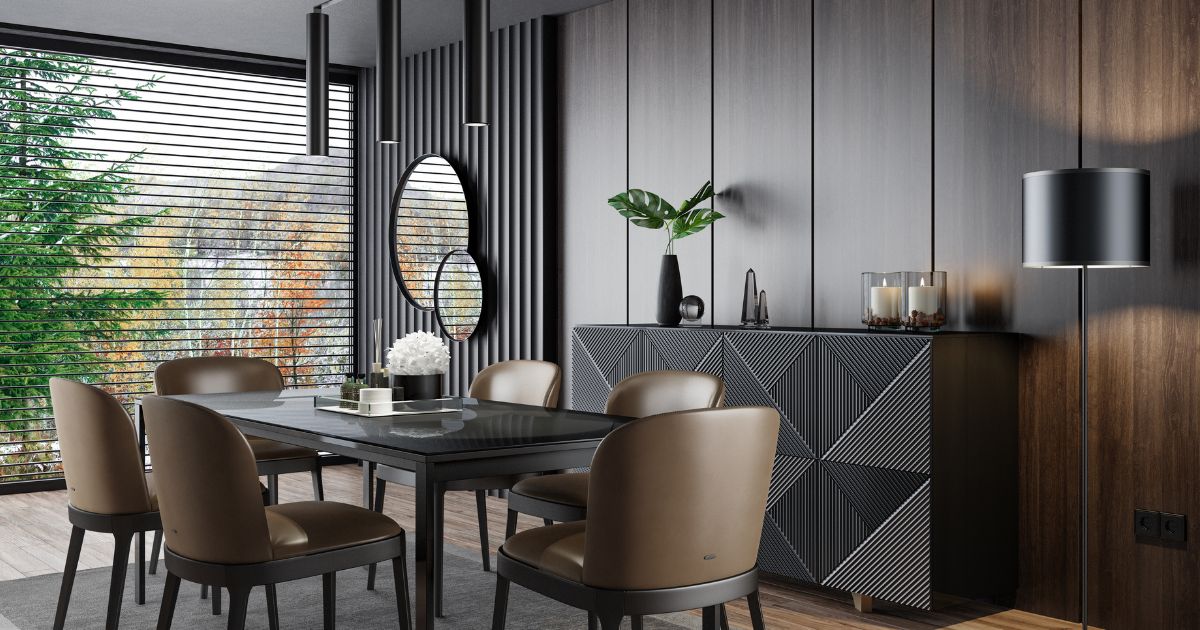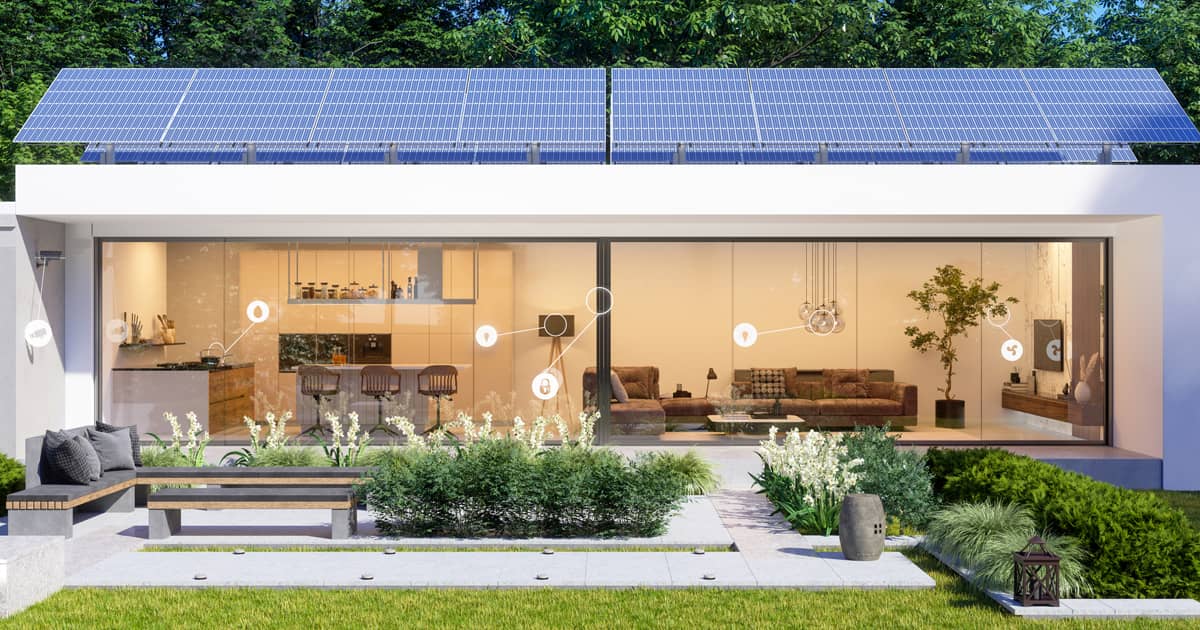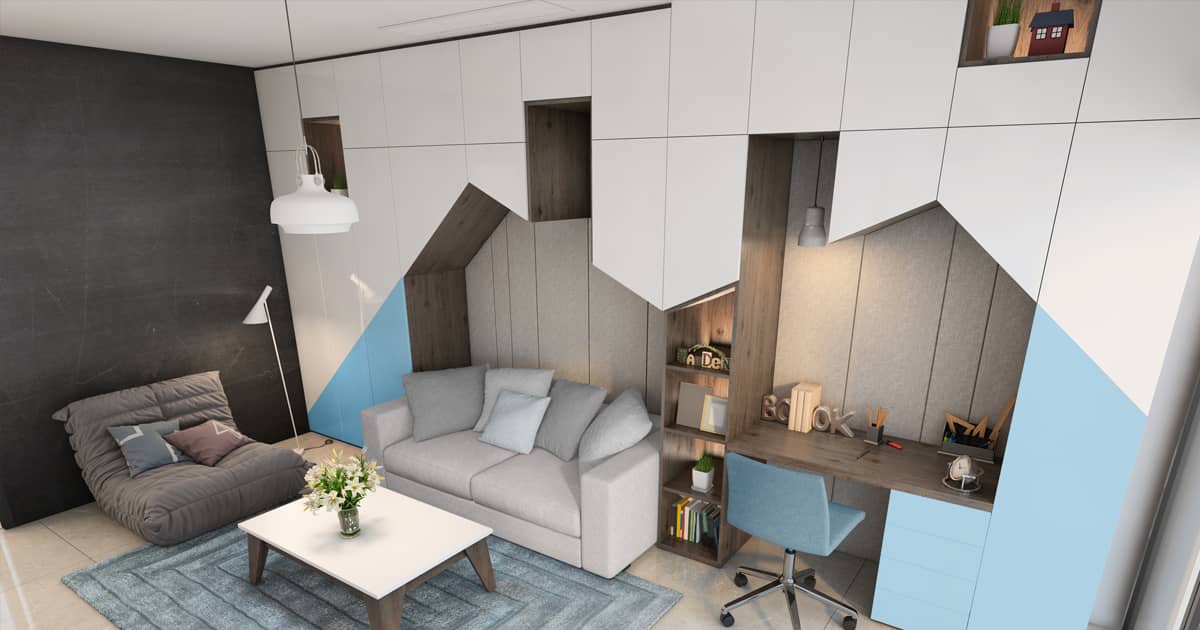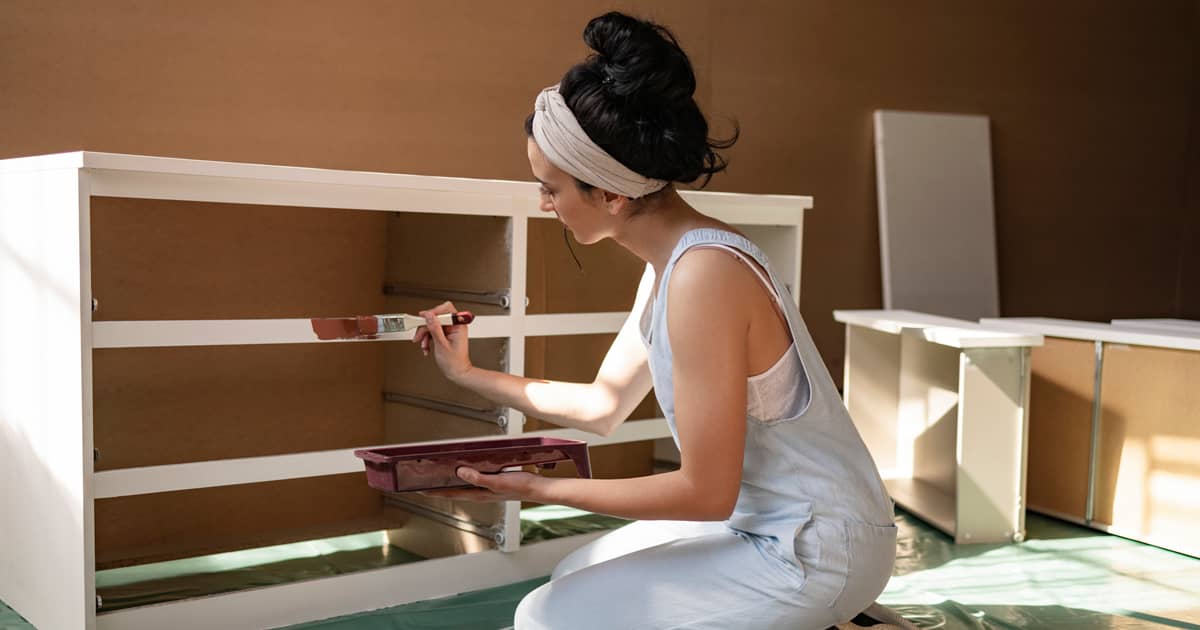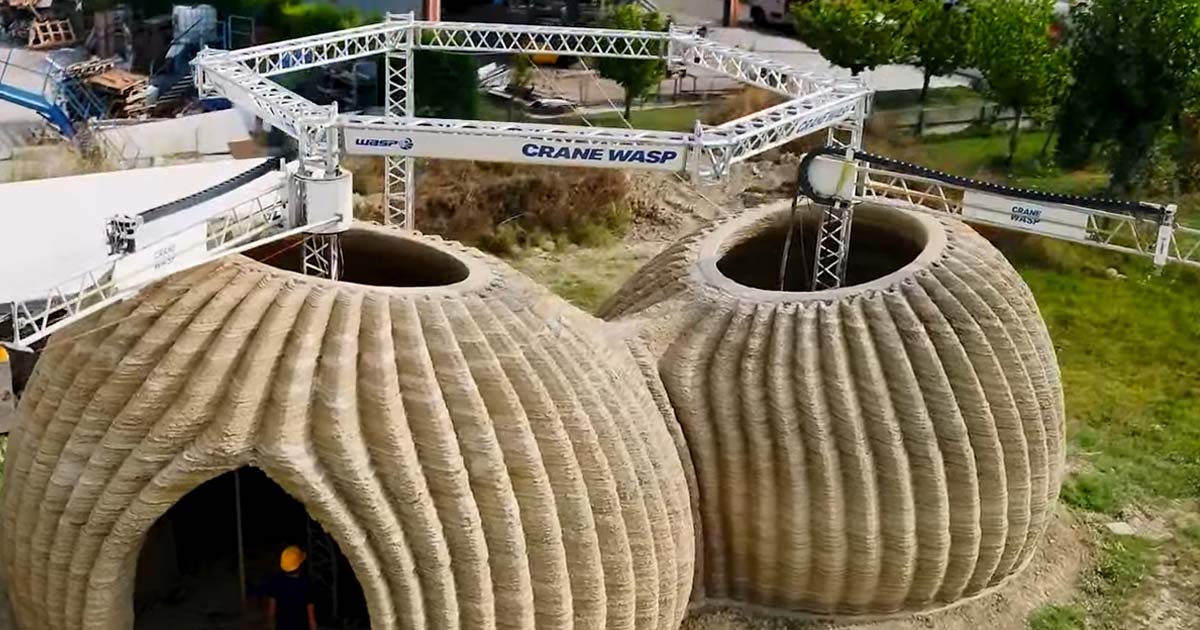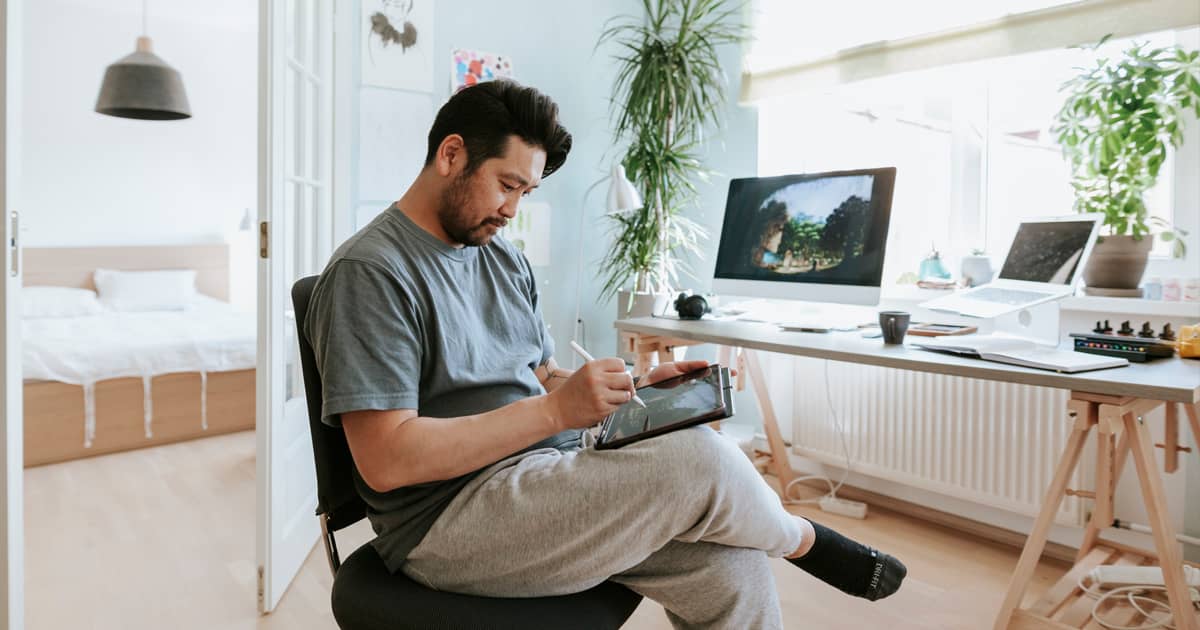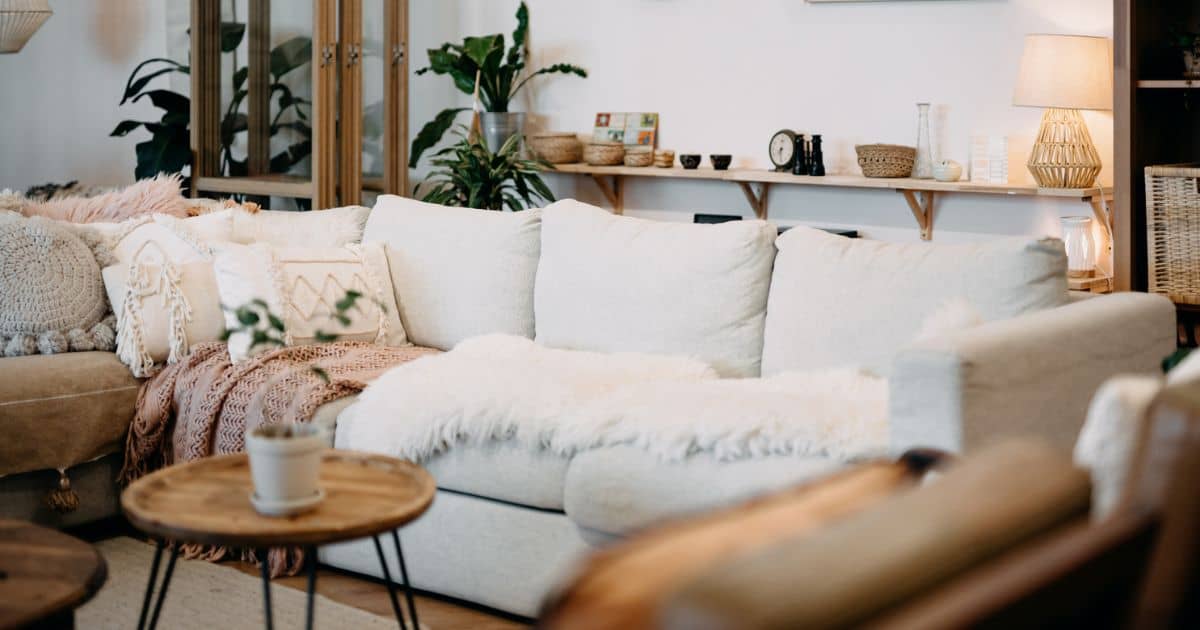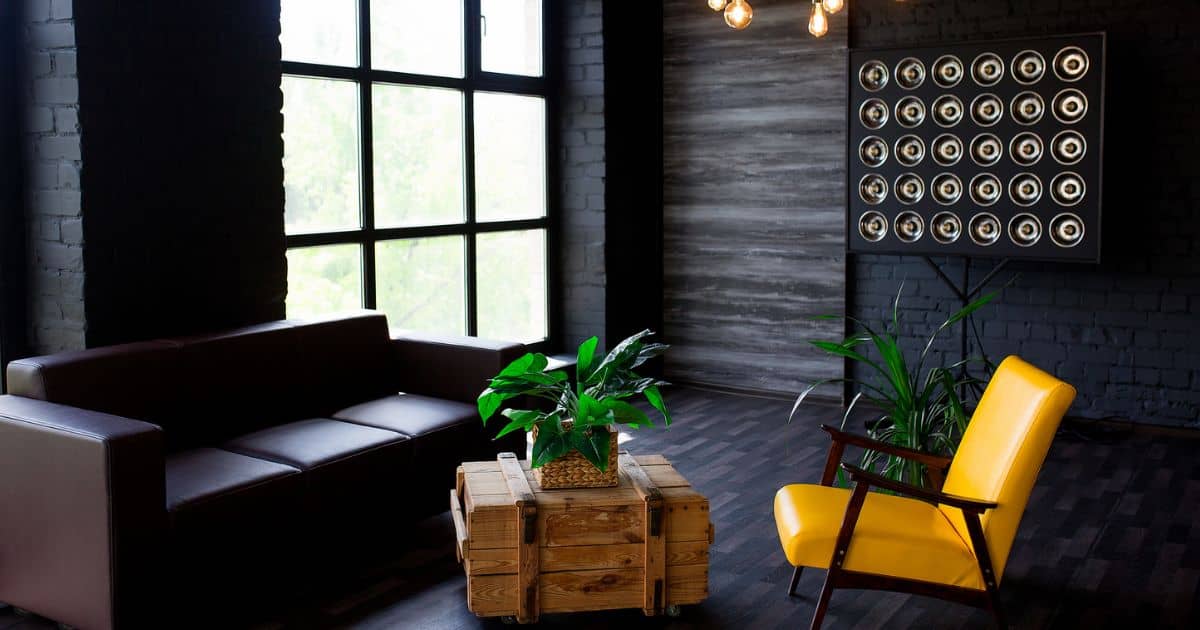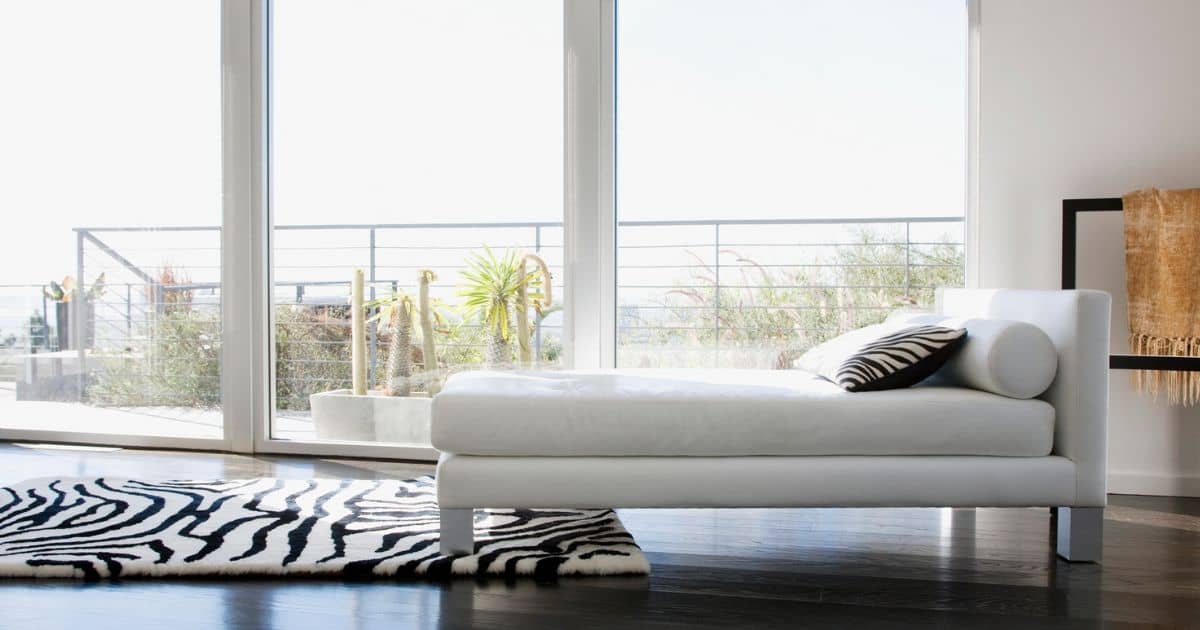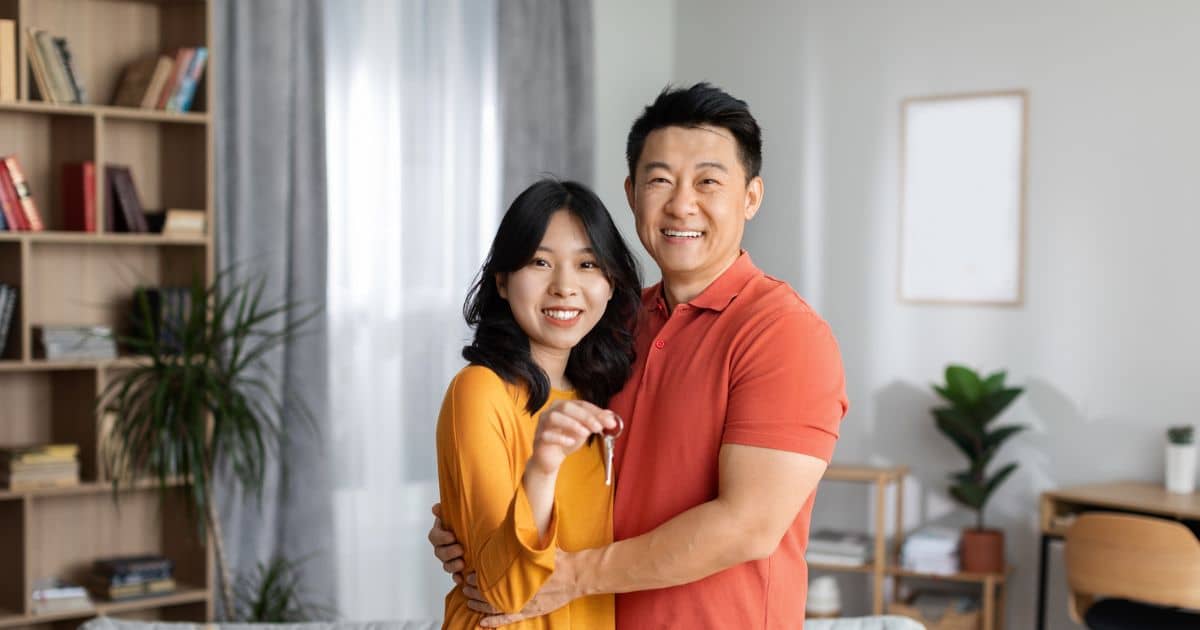What do most people want from their home? Safety, proper relaxation and a chance to spend quality moments with loved ones top the list. Comfort core brings these possibilities, which is why many interior design professionals consider it the hottest 2023 trend.
There have been a couple of different “core” interior design concepts that gained prominence recently. Cluttercore is one of these tendencies and it has become quite prominent among younger individuals. The cottagecore concept belongs to the same family. Now, we have comfortcore. There are several reasons why its aesthetics are considered so good that they’ll probably stay with us for the foreseeable future.
What Is Comfortcore Interior Design?
As the name suggests, every single décor element focuses on comfort. From furniture that engulfs you and gives you the warm and fuzzy sensation to fluffy fabrics, you get elements that deliver reassurance and a hideaway from everyday worries.
Most people seek tranquillity and harmony at home. Comfortcore prioritises these concepts and it can also be personalised effortlessly to meet one’s understanding of respite. For some, comfortcore is all about meditation and spirituality. Others find reassurance in soft, plush fabrics that have a calming effect through the power of tactile sensation.
Warm tones, neutral colours, natural materials and lots of homely accessories complete the picture.
All of these choices are based on the fact that most people favour comfort when shopping for furniture or home décor items. These conclusions were reached through a study that examined the preferences of thousands of home owners. Over 60 per cent placed the biggest emphasis on creating a personal space that acted as a haven in a dynamic, crazy world.
Who Is Comfortcore Good for?
The short answer to this question is: everyone.
Now, a fan of minimalism and completely functional living isn’t going to be too impressed with the very nature of comfortcore.
Those who prioritise emotional comfort over utilitarian style, however, are probably going to have a blast with this trend.
Comfortcore is very much grounded in the Covid-19 pandemic realities and the interior design tendencies that emerged from those. Over the course of the lockdown years, people were forced to spend more time at home than ever before. As a result, most re-evaluated their living spaces. They started looking for comprehensive lifestyle choices, an escape from a challenging reality and an opportunity to enjoy as much relaxation away from hectic society as possible.
If you’re all about laid-back, slow living, you will enjoy comfortcore.
The fact that the trend allows for extensive personalisation has won it an even bigger number of fans than its nature.
How to Get the Comfortcore Look in Your Space
Charmingly personalised, comfortcore interiors can be very easy to bring to your space, giving you a balanced and visually-pleasing outcome.
Comfort can be created in one of numerous ways.
One of the most prominent choices homeowners make involves textures and comforting surfaces.
Texture is one of the interior design elements that can deliver a massive transformation without costing too much. Think about the soft, reassuring texture of velvet or suede. These are the materials you want to bring inside your home for comfort. Soft furnishing and the right kind of furniture upholstery also provide excellent opportunities to get rid of cold and impersonal spaces.
Next, prioritise the quality of your furniture.
This is especially true for seating and your bed.
Make sure that chairs, sofas and loveseats are all ergonomic. They should provide enough support, encouraging you to sit down and open a favourite book or enjoy a movie. A good bed and the right mattress are also top choices in terms of recharging your batteries properly.
You don’t have to spend a fortune on designer furniture to make it work. Vintage pieces can be equally great if you take some time to do some shopping and discover the options that give you comfort. Custom pieces can also be a good choice, especially if you have a particular purpose or design in mind. in the end of the day, such choices aren’t hugely expensive and the benefits that custom pieces bring to the table result in an excellent return on investment.
Keep in mind, however, shouldn’t be the only thing to look at when decorating your home.
Comfortcore is also about elements that look good and deliver positive vibes. If you enjoy art, make that the star of the show. A few splashes of bright colours can also be great to provoke a positive mood and give you a bit of energy. Comfortcore can also be about family moments (a photo collage is perfect for
